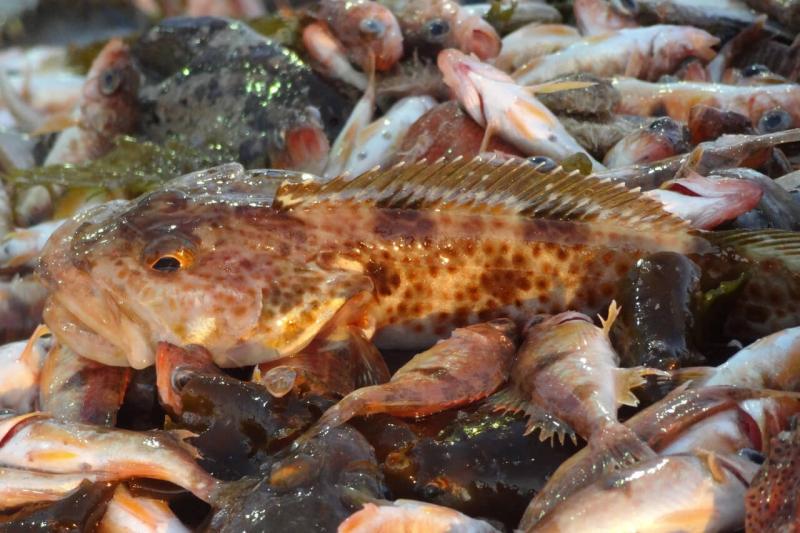Climate Change Affects Different U.S. West Coast Fishing Fleets Unequally
Posted
Last Updated
Climate change is hitting fishermen hard. But it’s not hitting all those who depend on the sea for their livelihood the same way.
A new NOAA Fisheries study examined how climate change might affect commercial fishing fleets on the U.S. West Coast. The findings were published recently in the journal PLoS Climate.
Researchers assessed the risk climate change poses to different bottom trawl groundfish fishing fleets in California, Oregon, and Washington.
They combined information about ocean conditions, fishing behavior, and the economy. They wanted to understand how climate change affects different fishing communities. And in turn, they hope this helps us figure out the best ways to help them adapt and thrive in a changing climate.
The research team included members from:
- NOAA Fisheries
- University of Washington
- The Nature Conservancy
- Oregon Department of Fish and Wildlife
- Oregon State University
- Wellesley College
- Scripps Institution of Oceanography
Second, these northern fishermen often rely more heavily on the specific fish they catch. For example, the researchers found that some northern fishermen are 10 times more economically dependent on groundfish than southern fishermen. Southern fishermen maintain more diverse fishing portfolios or rely more on other species. Northern fishermen will experience waters that warm faster and have fewer options for which species to target, so they are more vulnerable to a changing climate.
read more at fisheries.noaa.gov.


